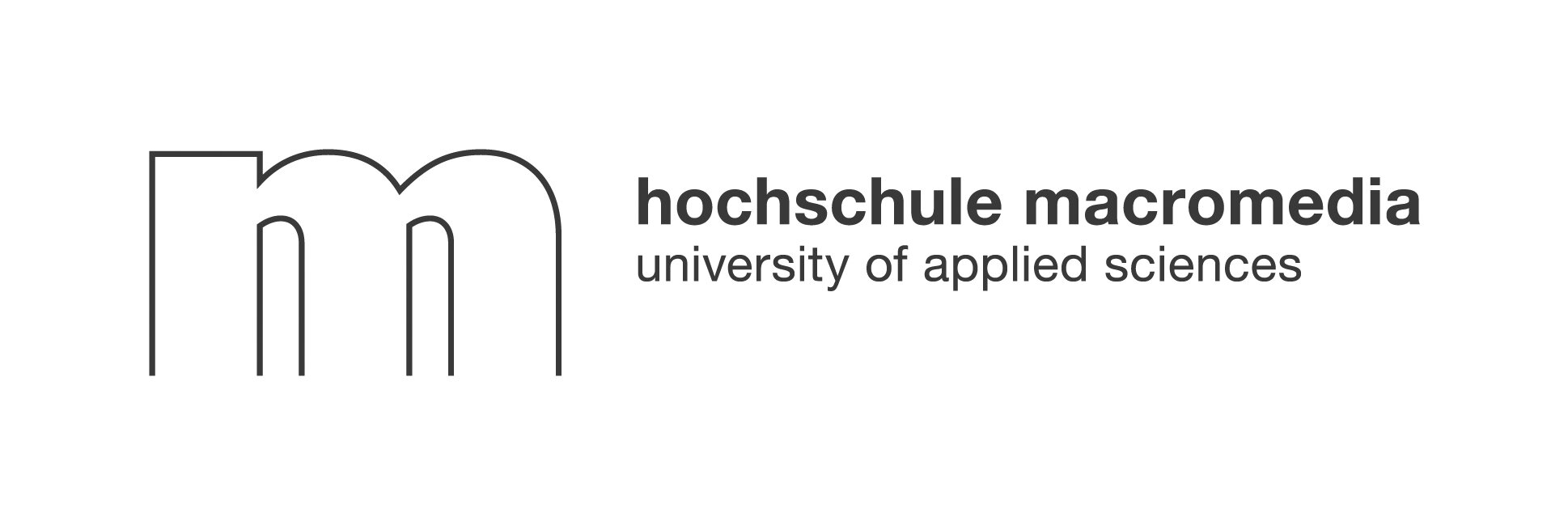1. Introduction: The Rise of Innovation Team Events
Innovation team events have quickly emerged as an essential tool for modern organizations seeking to break free from traditional, formulaic gatherings. In today’s hybrid and remote world, the old model of corporate events often stifles creativity and limits authentic connection. Instead, teams now require dynamic formats that encourage agile collaboration and organic idea sharing. As companies pivot to cutting-edge models, many are turning to micro-events facilitated by artificial intelligence. In this new approach, small groups of three to four participants engage in activities like brainstorming walks, wellness-inspired creative sessions, and cultural idea exchanges. Such settings promote genuine dialogue and foster disruptive innovation that traditional setups rarely inspire.
True innovation blossoms when every voice is heard, and every idea is given space.
This shift is particularly relevant for organizations that wish to dissolve silos and boost overall employee well-being. By focusing on agile and highly personalized interactions, innovation team events transform the way teams connect, turning routine meetings into powerful catalysts for creativity. A fresh emphasis on these micro-collaborations invites participants to see each other not just as colleagues, but as creative partners, ready to challenge standard norms and build new ideas together. Engaging activities and innovative formats replace lengthy speeches and generic team-building exercises with genuine encounters that ignite inspiration and drive productivity.
• Emphasizes personalized interactions
• Breaks down communication barriers
• Encourages organic idea sharing
• Promotes agile collaboration
2. Why Innovation Team Events Matter

Innovation team events matter because they transform corporate culture by fostering genuine creativity and collaboration. Unlike large-scale, conventional events that often feel impersonal and rigid, these events are designed to invigorate teams with tailored, technology-enabled experiences. They address the common challenges of hybrid disconnection, where employees might feel isolated in remote environments. Instead, innovation team events bring coworkers together into small, dynamic groups where ideas are exchanged freely, and each participant’s input is valued. When teams shift from one-size-fits-all solutions to agile and engaging micro-events, they create an environment where creativity can thrive and employee morale is significantly boosted.
Collaboration in small, thoughtful gatherings fuels breakthroughs that ripple throughout the organization.
The interactive element of innovation team events allows participants to experiment with new ideas in a safe space. This setup nurtures a mindset where failure is seen as a learning opportunity, rather than a setback. Moreover, events built on these principles align with modern trends in workplace culture, supporting both well-being and productivity. They integrate seamlessly with remote and hybrid work setups by leveraging smart AI-driven matchmaking techniques.
• Builds trust and openness
• Enhances communication across diverse teams
• Fosters an entrepreneurial mindset
• Creates space for risk-taking and learning
Innovation team events have become pivotal in promoting a culture where employees feel connected and capable of contributing to long-term strategic goals.
3. Key Elements of a Successful Innovation Team Event
For innovation team events to be truly effective, several key elements must come together. First and foremost, clear objectives must be set from the outset. Organizers should define what the event is intended to achieve – whether it is to generate new ideas, develop creative problem-solving skills, or simply to improve communication among team members. This clarity ensures that every participant knows the goal, and all planned activities support that objective. Equally important is the need for engaging activities. A blend of interactive challenges and relaxed, creative sessions helps in sustaining high levels of energy and positive momentum throughout the event. Equally, it is critical that the environment be inclusive and free from traditional hierarchical constraints. This encourages every voice to be heard and every idea to be considered without judgment.
Below is a table outlining some key elements:
Additionally, facilitator-led sessions that allow for spontaneity can help balance structure with flexibility. Introducing short, timed breakout sessions may help teams delve deeper into discussions and innovative thinking. In this way, the event is both purpose-driven and open enough for creative exploration. By ensuring that these critical elements are present, organizers can create an atmosphere where innovation team events become a launchpad for breakthroughs rather than just another corporate obligation.
• Identify clear goals
• Incorporate varied activities
• Promote an inclusive atmosphere
• Facilitate spontaneous idea sharing
4. Innovative Ideas to Spark Creativity
Creativity is the lifeblood of progress in any modern organization, and innovation team events are uniquely positioned to ignite that creativity. Some of the most effective ideas include converting traditional brainstorming into experiential “walking sessions” where participants discuss ideas while engaging in physical activity. This not only boosts physical well-being but also stimulates fresh mental insights. Other popular formats involve wellness-inspired sessions, such as guided yoga breaks or cycling meet-ups, which serve as catalysts for deeper social connection and creative expression. In hybrid settings, AI-driven pairings can orchestrate micro-sessions where two participants converse over a focused topic, blending technology with human interaction seamlessly.
Agile micro-events replace outdated, large-scale gatherings with focused, dynamic sessions.
Creative breakthroughs are born from moments of genuine personal connection shared in intimate settings.
Another idea is to host cultural idea exchanges, where team members from diverse backgrounds share their unique perspectives in a casual, unstructured environment. Such exchanges not only generate creative ideas but also promote a deeper understanding among colleagues, breaking down barriers that traditional events often reinforce. These innovative sessions are designed specifically for hybrid teams, ensuring that remote employees are equally engaged. With the support of smart AI algorithms, the event can dynamically adapt to the interests and needs of each participant. By rotating through several creative formats and maintaining high levels of interactivity, innovation team events become a fertile ground for ideas that can drive organizational change and lead to productive, lasting improvements.
• Brainstorming but on the move
• Wellness-inspired creative sessions
• Cultural idea exchanges
• AI-driven creative pairings
5. Planning Your Innovation Team Event

Effective planning is critical to the success of innovation team events. A methodical approach begins with pre-event preparation where organizers identify clear goals and choose appropriate themes that resonate with their team’s unique personality. By leveraging data about employee interests, an event can be tailored to maximize engagement. One of the most transformative approaches is incorporating AI-driven micro-events that facilitate one-on-one or small group interactions. These sessions are ideal for generating high-quality discussions. For instance, planning a “brainstorming walk” where team members physically engage with one another can break the monotony of virtual meetings and foster creative dialogue.
Before the event, it is crucial to consider logistics and budgeting. Organizers should evaluate available venues and technology platforms that support both in-person and remote participation effectively. The following ordered list presents initial planning steps:
- Define specific objectives for the event.
- Select themes and formats that align with creative goals.
- Allocate budget and resources accordingly.
A second ordered list can help streamline collaborative agenda design:
- Schedule micro-events and creative sessions throughout the day.
- Incorporate regular breaks to sustain energy levels.
- Plan for technical support to ensure seamless integration of AI tools.
Below is an illustrative table summarizing the critical planning components:
Integrating AI tools is key in this planning process. For example, using an advanced platform that schedules micro-events based on individual interests ensures that every session is both intimate and productive. This technology not only minimizes planning friction but enhances the overall impact of the event. Moreover, careful planning helps dissolve hierarchical barriers by ensuring that each micro-event is tailored for authentic, informal interactions. Ultimately, the goal is to create an environment where innovation team events are not only memorable but also yield actionable insights that drive organizational success.
6. Real-World Success Stories
Across various industries, real-world examples demonstrate the transformative power of innovation team events. Organizations that have adopted AI-driven approaches to facilitate micro-events have reported significant improvements in team creativity, communication, and overall morale. One success story involved a pilot program that incorporated yoga and cycling sessions as creative breakouts. These sessions were specifically designed to serve as catalysts for both physical well-being and mental rejuvenation, leading to a noticeable boost in creative output among participants. In these micro-events, AI chat-orchestrated pairings ensured that team members with complementary skills engaged in meaningful dialogue, sparking fresh ideas that later translated into tangible business innovations.
Micro-events are not just meetings; they are the spark that ignites creative revolutions in teams.
A mid-sized tech company reported that by replacing their regular all-hands meetings with a series of targeted innovation team events, employees reported feeling more connected and engaged. This approach not only increased well-being but also dissolved silos that once hindered cross-departmental collaboration. One notable mention came from an organization that utilized the cutting-edge capabilities of a platform called Neroia. This platform is renowned for driving AI-powered, micro-event collaborations that reinvigorate team dynamics and accelerate innovation. The success of this pilot was evident in improved productivity metrics and heightened employee satisfaction—a clear indication that the future of effective corporate culture lies in dynamic, technology-enabled interactions.
• Improved cross-department collaboration
• Increased employee engagement and satisfaction
• Enhanced creative problem-solving
• Streamlined communication through AI tools
7. Measuring Success and Gathering Feedback
Measuring the success of innovation team events is essential to ensure that these agile gatherings continue to deliver value. Post-event surveys, performance metrics, and informal feedback sessions help gauge the overall effectiveness of each activity. By analyzing these data points, organizers can identify which aspects of the micro-events resonated best with participants and which areas require improvement. This continuous feedback loop is at the core of the evolution of innovation team events. Data-driven adjustments enable the tailoring of future events to further dissolve silos, ignite inventive engagement, and boost both well-being and productivity.
As organizations continue to prioritize employee innovation and well-being, measuring success becomes not merely an afterthought but a strategic pillar. Tools like real-time analytics and feedback forms are indispensable for refining these agile interactions. Through honest feedback and clear performance indicators, every post-event analysis becomes a stepping stone towards even more effective and engaging team experiences.
Feedback is the compass that guides the evolution of truly transformative events.




